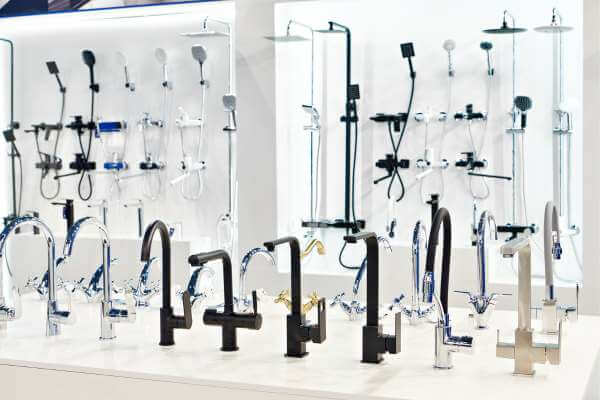Kitchen faucets with sensor controls are a great convenience for busy cooks and families. They allow you to turn on and off the water flow with a simple wave of your hand or a tap on the spout. This way, you don’t have to touch the faucet with dirty or wet hands, which can reduce the spread of germs and save water.
However, there may be times when you want to know how to turn off sensor on kitchen faucet and use it like a normal faucet. For example, you may want to save energy, troubleshoot issues, clean the faucet, or simply prefer manual control.
Fortunately, turning off the sensor on your kitchen faucet is not difficult. You can do it in just a few easy steps. In this article, I will show you how to turn off the sensor on your kitchen faucet and what to do if you encounter any problems.
How to Turn Off Sensor on Kitchen Faucet
Step 1: Locate the Sensor on Kitchen Faucet
The first step in turning off the sensor on your kitchen faucet is to locate the sensor itself. The sensor is usually located at the base of the faucet or on the side of the spout. It may be covered by a small plastic screen or cap that protects it from dirt and water.
Step 2: Remove Plastic Screen or Cap
The next step is to remove the plastic screen or cap that covers the sensor. Depending on your faucet model, you may need to slide it off or unscrew it with a screwdriver. Be careful not to damage the sensor or the screen/cap while removing it.
Step 3: Turn Off the Sensor Setting on Kitchen Faucet
The third step is to turn off the sensor setting on your kitchen faucet. This can be done by adjusting a small dial or switch on the back of your faucet or under the sink. The dial or switch may have different positions for different modes, such as manual, touch, or touchless. You need to set it to manual mode to disable the sensor.
Step 4: Test Your Kitchen Faucet’s Sensor
The fourth step is to test your kitchen faucet’s sensor to make sure that it is actually off. To do this, simply turn on your faucet and see if any water comes out when you wave your hand or tap the spout. If no water comes out, it means that the sensor is turned off. If water comes out, it means that the sensor is still on and you need to check the dial or switch again.
Step 5: Replace Plastic Screen or Cap
The final step is to replace the plastic screen or cap that covers the sensor. This will prevent any dirt or water from getting into the sensor and affecting its function. Make sure to align it properly and secure it firmly.
Conclusion
Turning off the sensor on your kitchen faucet is a simple process that you can do in just a few minutes. By following these steps, you can switch between manual and sensor modes as you wish. However, if you encounter any problems with your sensor faucet, such as no water flow, low water pressure, leaking water, or flashing lights, you may need to contact your faucet manufacturer or a professional plumber for assistance.


 Hi, my name is Debra Klein and I love modern kitchen designs! As a product reviewer, it’s my mission to help homeowners choose the right modern kitchen accessories for their homes. I want to give them the best solution possible so they can make the best decision for their needs. Thanks for reading!
Hi, my name is Debra Klein and I love modern kitchen designs! As a product reviewer, it’s my mission to help homeowners choose the right modern kitchen accessories for their homes. I want to give them the best solution possible so they can make the best decision for their needs. Thanks for reading!




